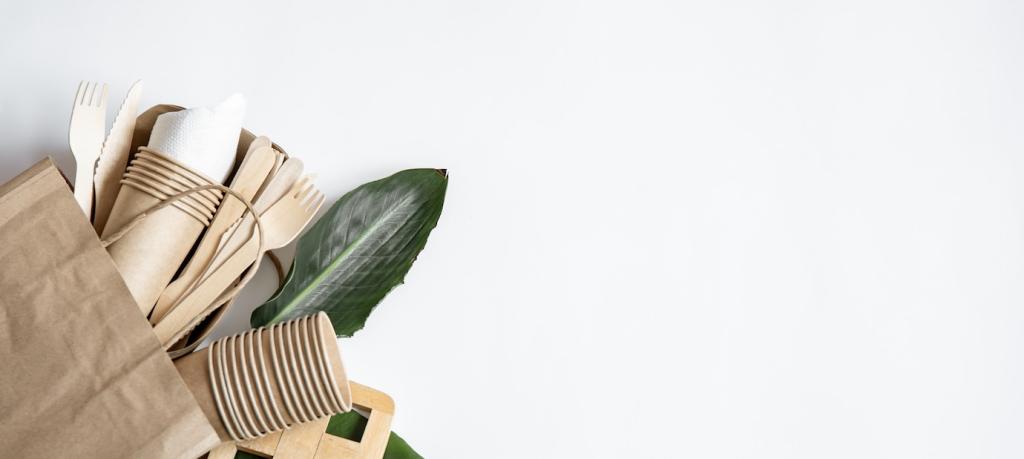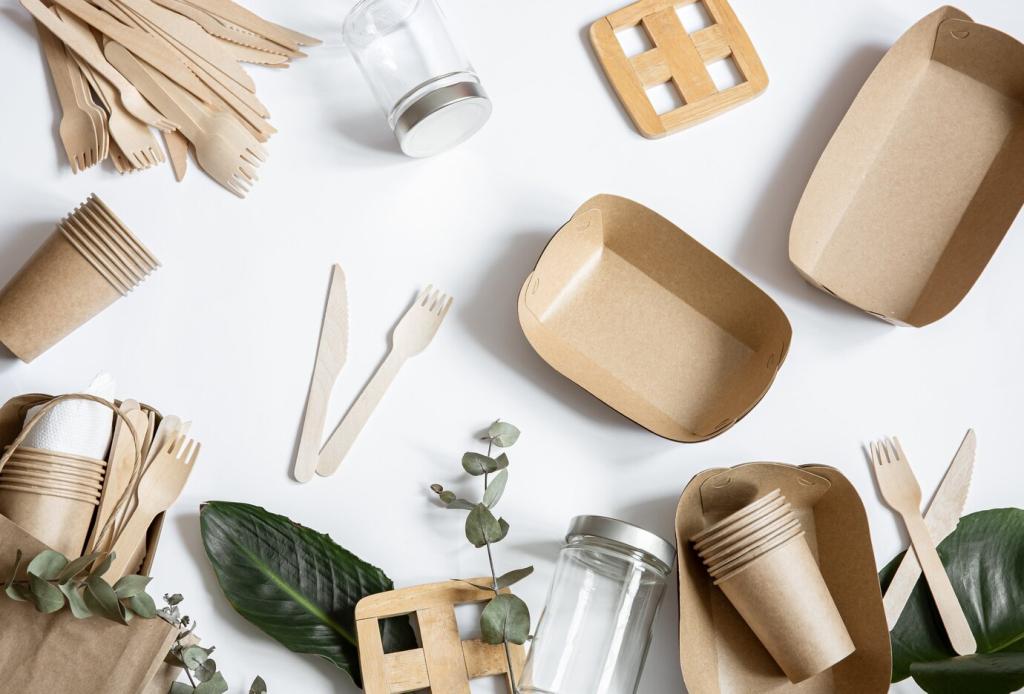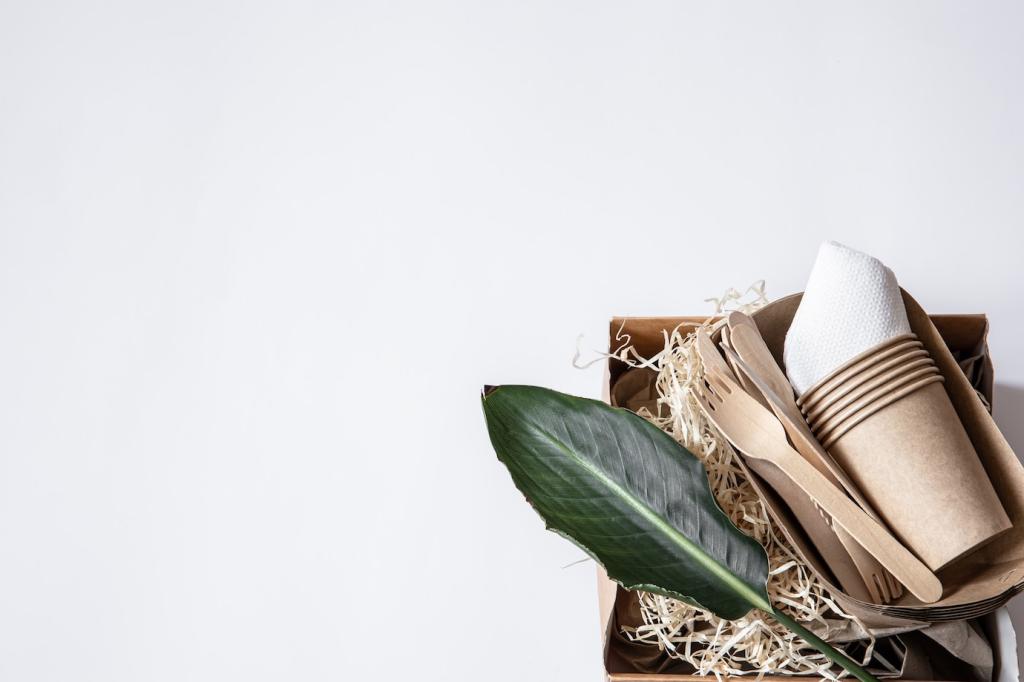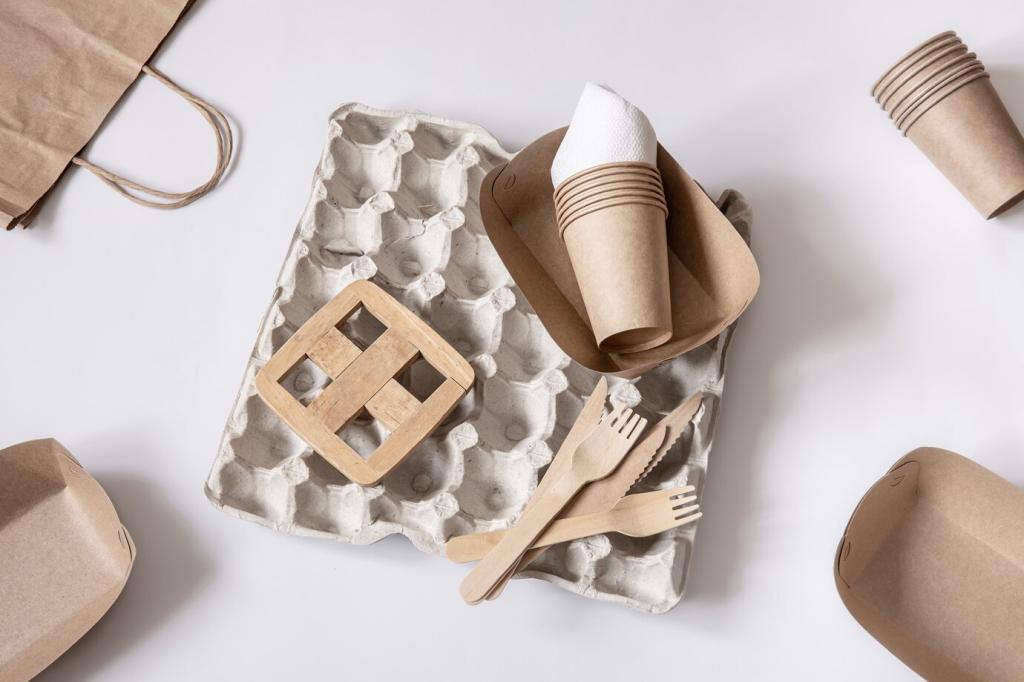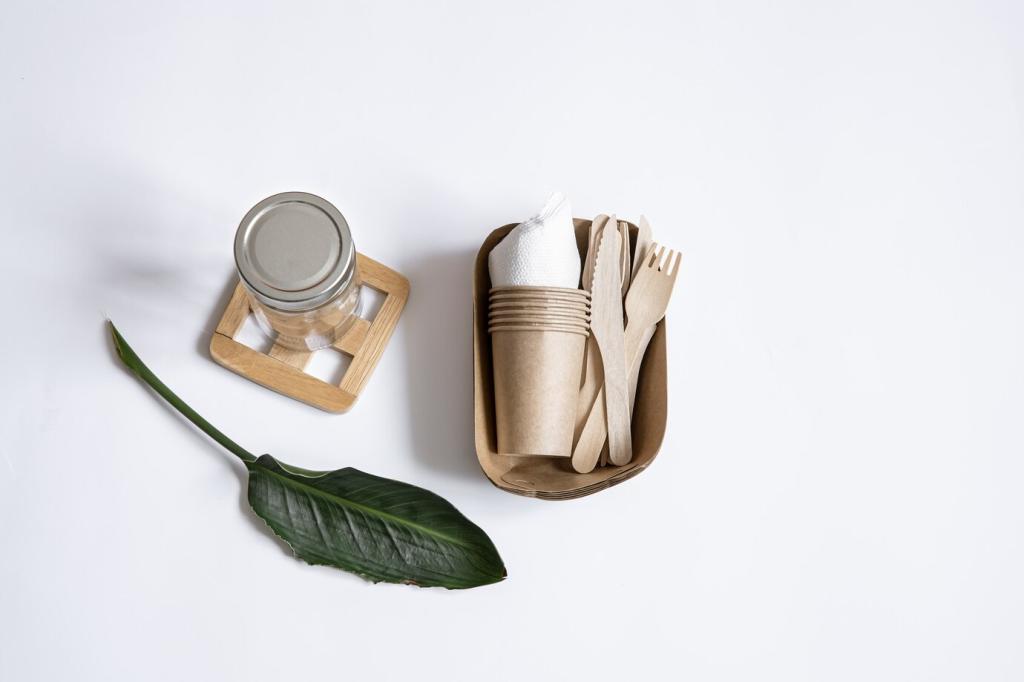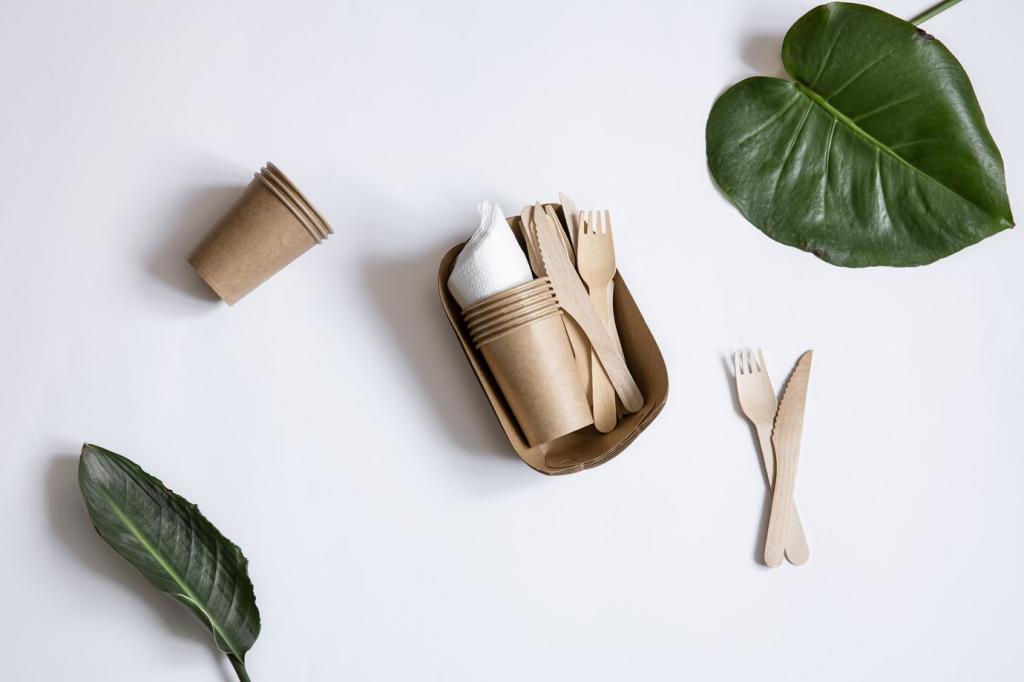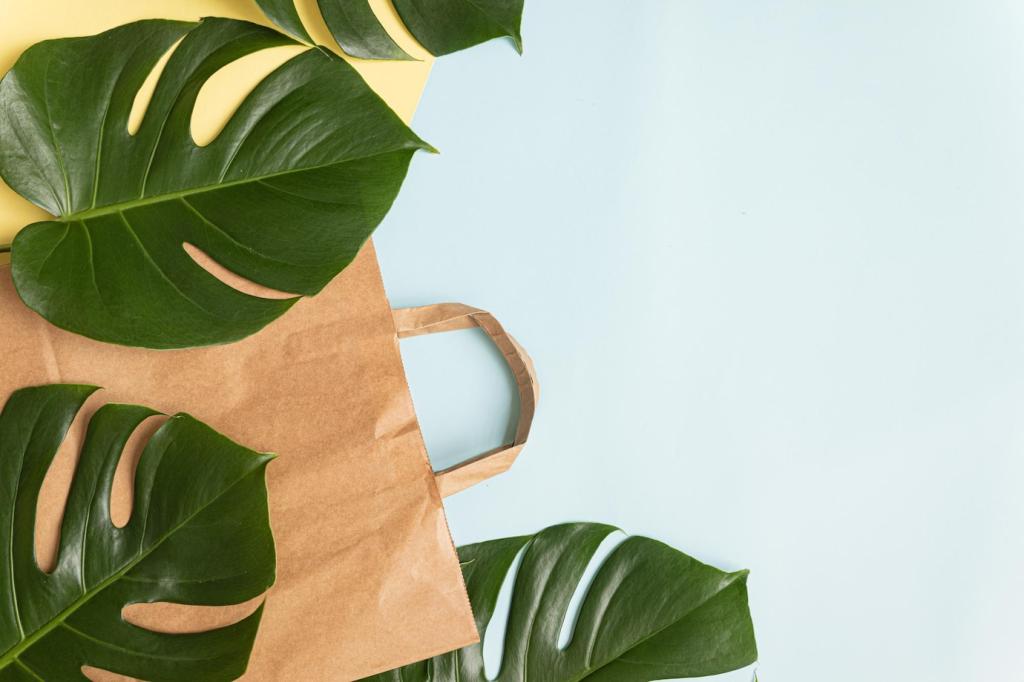Design Tactics for Better Daily Packaging
Packages made from a single material—like all-paper mailers or all-PE films—recycle more easily. Share an example you’ve seen on a favorite product, and we’ll spotlight brands moving toward simpler, smarter daily packaging.
Design Tactics for Better Daily Packaging
Water-soluble glues, minimal labels, and vegetable-based inks improve recyclability. Tiny tweaks matter at scale. Post a photo of a cleanly designed package, and subscribe for our quarterly design awards celebrating practical, sustainable brilliance.

